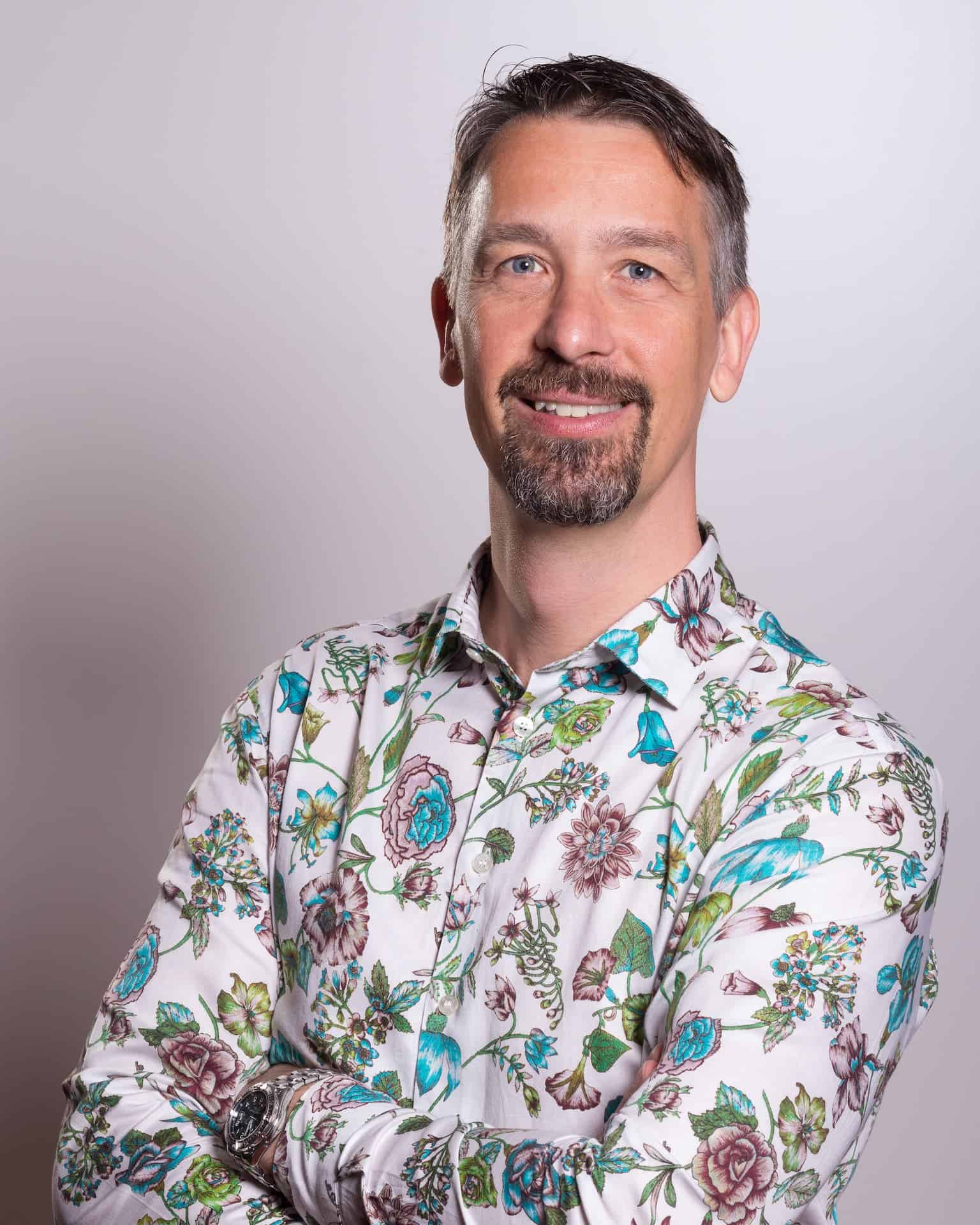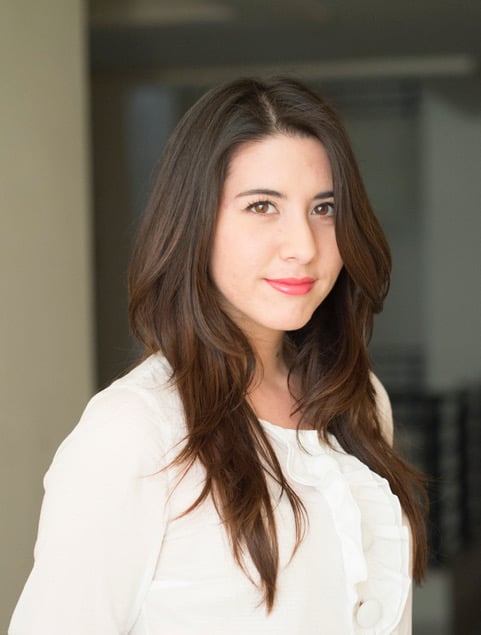AGA Gemological Research Grant

Groundbreaking Research & Innovation
About the AGA Gemological Research Grant
Are you developing a scientific gemological research project? AGA may be able to help.
In keeping with our mission to encourage and support gemological education and research, the AGA Gemological Research Grant provides funding of up to $10,000 for approved gemological research as authorized by the AGA Board of Governors.
Meet our Grantees
AGA Gemological Research Grantees
AGA has broadened its mission to support high quality gemological education by providing intellectual and financial support for scientific gemological research projects through AGA Gemological Research Grants.
Grant recipients are selected from applications and proposals submitted to the ESRGC (Educational Scholarship and Research Grant Committee) by gemologists and scientists around the globe.
The Accredited Gemologists Association is delighted to extend our heartfelt congratulations to Dr. Schwarznger on being selected as a recipient of the 2024 AGA Gemological Research Grant. This is a remarkable achievement and a testament to his dedication and the quality of his research. The results of Dr. Schwarzinger’s study of the relationship of origin to luminescence in grossular garnets will provide important information to practicing gemologists.
Clemens Schwarzinger was born on Nov. 9th 1973, studied technical chemistry in Linz where he received his PhD in 2002 and was awarded the venia docendi in 2008. Since then, he is associate Professor for chemistry at the Johannes Kepler University Linz, Austria. In 2016 he founded the Center for Scientific Gemmology at the University Linz and is scientific advisor of the Viennese Diamond Bourse. He is owner of a small company which is dedicated to precision gemstone cutting and developing novel cutting designs. In 2017 he won the US Faceters Guild Single Stone competition in the Master category, in 2018 and 2019 he was certified as Grand Master. In 2021 he was winner of the Gem A Photo Competition.
His academic research interests (in terms of gemology) focus on the identification of gem treatments and mineral chemistry, particularly on the use of trace elements for origin determination of garnets and coloration of zoisies/tanzanites as well as advanced spectroscopy. He is author of more than 80 scientific papers, gave hundreds of oral and poster presentations and is also lifelong collector of minerals with an emphasis on gem species.
The Accredited Gemologists Association proudly announces that research gemologist, author, and award-winning photographer E. Billie Hughes of Lotus Gemology, has been awarded a $10,000 research grant to help fund a comprehensive research study focusing on ruby and sapphire’s chief value determinants—whether or not the stone has been treated and its origin.
“The importance of this study cannot be overstated,” said AGA president Stuart Robertson. “Billie’s has designed an experiment-intensive project that clearly has the potential to vastly expand the industry’s understanding of treatments and origin determinations, especially for corundum from recently discovered sources.”
Inspiration
There are serious gaps in our understanding of the extent of alteration possible in corundum through heating. This is especially true of low temperature heat treatments which have only recently even been acknowledged by the labs, but still often go unreported. This is one of the specific areas of heating that Hughes intends to conduct numerous experiments for this project.
Writing in support of Billie’s grant, renowned physicist and AGA Bonanno Award recipient Dr. John Emmett stated, “This is an area of research that has received little formal study even though it has been used to great effect at least from the time of al Beruni (ca. 1040 AD.)” Dr. Emmett further notes that “Conventional heat treatment is usually identified by the impact on inclusions contained within the gem…If we cannot easily determine inclusion disruption as an indication of heat treatment, it is imperative that we develop other observational techniques to do so.”
The AGA’s Education Scholarship and Research Grant Committee recognized the significance of this study for its potential to ultimately increase the accuracy of testing as well as harmonization between different laboratories, which remains an issue for gemology, if consumer confidence is to increase.
Methodology
Billie’s research will include numerous ruby and sapphire samples of known origin which will be carefully examined, cut into sections to for testing and control groups, with careful analysis of properties recorded at each treatment stage.
AGA Support
We are happy to be contributing to its funding. AGA Committee Chair, Heidi Harders, noted, “Ruby and sapphire are among the most valuable gemstones in the market. This treatment study clearly holds important implications for the international gemological community.”
Stuart Robertson and Heidi Harders are especially delighted to be presenting this grant to Billie Hughes on behalf of the membership of the AGA. “Billie’s contributions to gemological research have already earned her respect among her peers. And if her past work is any indication, this study will provide breakthroughs that will be taught for years to come.”
The Accredited Gemologists Association is pleased to announce that Dr. Thomas Hainschwang, Managing Director of the Liechtenstein branch of the GGTL Laboratory, has been awarded a second $10,000 research grant to help fund his cutting-edge diamond research.
In announcing this decision, AGA president Stuart Robertson noted that Dr. Hainschwang’s proposed study outlined in considerable detail an incredibly advanced diamond treatment research. His accomplishments to date are encouraging. The AGA’s Education Scholarship and Research Grant Committee recognized the significance of this study for its potential to unlock new and important details for determining origin of color in diamonds.
The Project And Process
Dr. Hainschwang is conducting this study in cooperation with other institutions in Switzerland, Germany, and Ukraine, and includes more than 100 diamonds, the properties of which will be analyzed in rigorous detail both before and then after each phase of research. This comprehensive study promises to be the most significant on the subject to date.
Implications For Gemology Worldwide
We are happy to be contributing to its funding. AGA Committee Chair, Heidi Harders, noted, “It was immediately clear to us that this research would have important implications for the international gemological community.”
Antoinette Matlins, Special Advisor to the AGA Board, noted the significance of AGA’s support of cutting-edge research conducted by independent gemologists in conjunction with institutions that can offer expertise beyond the scope of gemology alone. As she points out, “the AGA is the only international gemological organization not associated with any industry organization, and its support of independent research that includes not only gemological expertise but working in collaboration with some of academia’s brightest minds from other sciences, is of critical importance to having a fuller understanding of the gemstones we love.”
Background
Matlins also shares a story she remembers from a number of years ago about how a relatively young “upstart” became suspicious of some natural pearls that were being offered in the marketplace, which had reports from respected laboratories confirming they were natural. “But Thomas had serious reservations about the number that were entering the market and became highly suspicious, so he undertook doing his own research, using advanced instrumentation available at one of the universities, and proved they were NOT natural pearls,” Matlins recalls! And, she adds, “Having an inquisitive mind is what makes Dr. Thomas Hainschwang the ideal recipient for this grant.”
AGA Support
Stuart Robertson and Heidi Harders are especially delighted to present this grant to Dr. Thomas Hainschwang on behalf of the AGA membership. “He has demonstrated that he is one of those exceptional people who has not only a keen mind and extensive knowledge in multiple sciences, but also the curiosity, passion for the field, and dedication to approaching all that he does with integrity,” says Stuart Robertson, and Heidi agrees, adding “AGA’s Founding Father, Antonio C. Bonanno, would indeed be very pleased that Thomas Hainschwang is the first recipient of this AGA Research Grant.
- The proposed research subject must be in or directly related to gemology.
- Applicants should have a degree in science and/or extensive experience in a related gemological field and present proof of their qualifications.
- Applicants must have established a relationship with a gem research laboratory or a scientific institute to accomplish the proposed project. A detailed acceptance letter for the project and the potential outcome of the research from the institute or laboratory must be submitted with the grant application.
- Applicants must provide a detailed project plan, estimated timing, detailed budgeting, and potential publication of the results.
- Applicants must provide three reference letters from research professionals, preferably in the field of gemology.
- Applicants are required to demonstrate English proficiency.
The project must be finished one year from the transfer of funds. However, the committee will consider a reasonable extension for unexpected circumstances. Quarterly progress reports to the ESRGC (Educational Scholarship and Research Grant Committee) are required.
AGA Gemological Research Grants are open to gemological research projects worldwide. The AGA Gemological Research Grant application and all communication are required to be in English. Results of the research project must be presented to the AGA membership in English.
AGA Gemological Research Grant funds cover test specimens, materials, and equipment necessary to complete the research.
ESRGC (Educational Scholarship and Research Grant Committee) requires quarterly progress reports and completion of the research project in one year.
The results of an AGA-funded research project are required to be delivered to AGA Membership through a virtual or live presentation and a published paper.
AGA Gemological Research Grants do not cover travel, hotel, wire transfer fees, or other expenses associated with the research project for which the Grant was awarded.
Once initiated by the AGA Board, applications for AGA Gemological Research Grants will be accepted from April 15th through June 15th at 11:59 pm (Pacific time) of the approved year.
AGA Gemological Research Grants are funded by membership dues, sponsorships, and generous donations.
All AGA Gemological Research Grant applications are reviewed and vetted by the ESRGC (Educational Scholarship and Research Grant Committee). Evaluation criteria include the importance of the proposed scientific gemological research, strength of methodology, relevant research, and experience of the applicant. Following interviews with the finalists, ESRGC recommends a recipient to the AGA Board of Governors for a final vote.


